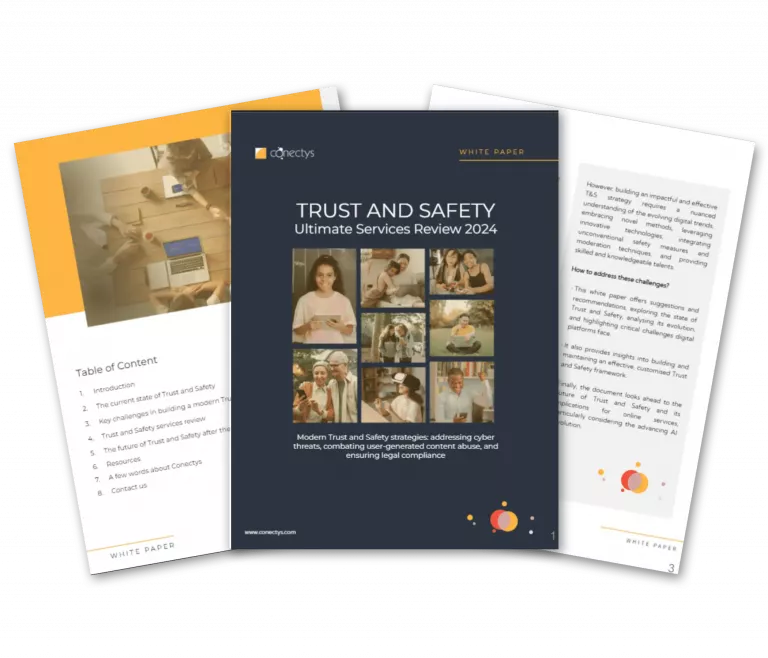What is the call-in rate (CIR)?
Call-in rate (CIR) is one of the contact centre metrics used to evaluate the volume of incoming calls in specific time frames. In other words, CIR helps companies continually assess how many inbound phone contacts their support agents receive, when, and how it fluctuates over time.
By tracking call-in rates through relevant KPIs, businesses can make well-informed decisions about resource allocation, staffing, and workload management to maintain the expected level of assistance through the appropriate number of employees. These may refer to specific hours of the day, months or seasonal events when consumer demand may vary, and appropriate adjustment can help foster satisfaction and secure buyer loyalty and retention.
Additionally, CIR can serve as a valuable indicator, signalling unexpected surges in customer engagement or potential overload, necessitating immediate attention. This can include addressing urgent issues such as decreased quality in a recently launched product line, accumulation of negative reviews, or sudden significant decline in customer satisfaction, among other factors. In such cases, CIR monitoring can contribute to companies’ agility in adapting to dynamic situations.
While CRI usually refers to phone calls reaching a contact centre, it may also encompass other interaction channels, such as e-mail, chat or social media messages. These touchpoints are increasingly becoming an integral part of the CX assistance strategy in the digital era.
What is the formula for the call-in rate?
A typical and basic formula for call-in rate calculation is simply dividing the number of incoming calls by the number of operating hours. Contact centres, however, may also consider different approaches, considering additional factors in this calculation, such as only including the calls that have been answered or including both answered and transferred calls while excluding abandoned ones.
How to calculate the call-in rate?
Below are the examples illustrating how the contact centre can calculate the call-in rate:
– Example 1:
- Industry: International travel and hospitality company
- Incoming calls: 850 a day
- Period of the year: Off-season
- Operating hours: 14
- CIR = Incoming calls/Operating hours = 850 / 14 = 60,7 call per hour
- Conclusion: The call centre agents must handle over 60 inbound calls in one hour, and it can be done efficiently with the support of the existing talent pool.
– Example 2:
- Industry: International travel and hospitality company
- Incoming calls: 1 500 a day
- Period of the year: busy holiday season
- Operating hours: 14
- CIR = Incoming calls/Operating hours = 1500 / 14 = 107,1 call per hour
- Conclusion: The call centre agents must handle over 107 inbound calls in one hour, significantly higher than during the off-season. This challenge must be overcome by acquiring additional staff or implementing advanced call management tools for enhanced efficiency to ensure relevant services during the peak season without sacrificing quality.
What is a good call-in rate benchmark?
It is difficult to determine the preferable one-size-fits-all call-in rate benchmark, as it may significantly vary by industry, business type, complexity of products or services offered, client satisfaction goals, as well as skills and technology empowering customer support services. For example, for an organisation selling shoes, customer calls may be primarily related to return, payment, or complaint issues, which are generally not very complicated and time-consuming. In contrast, in the case of online banking, user calls can require more time and specific knowledge, and serving the same volume of callers may be more resource-intensive due to the complexity of financial inquiries.


